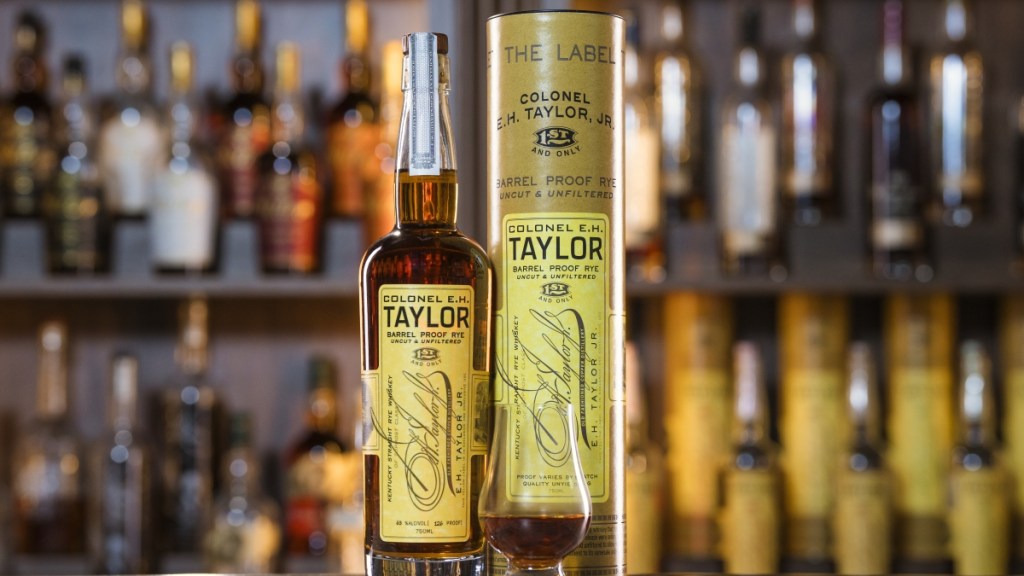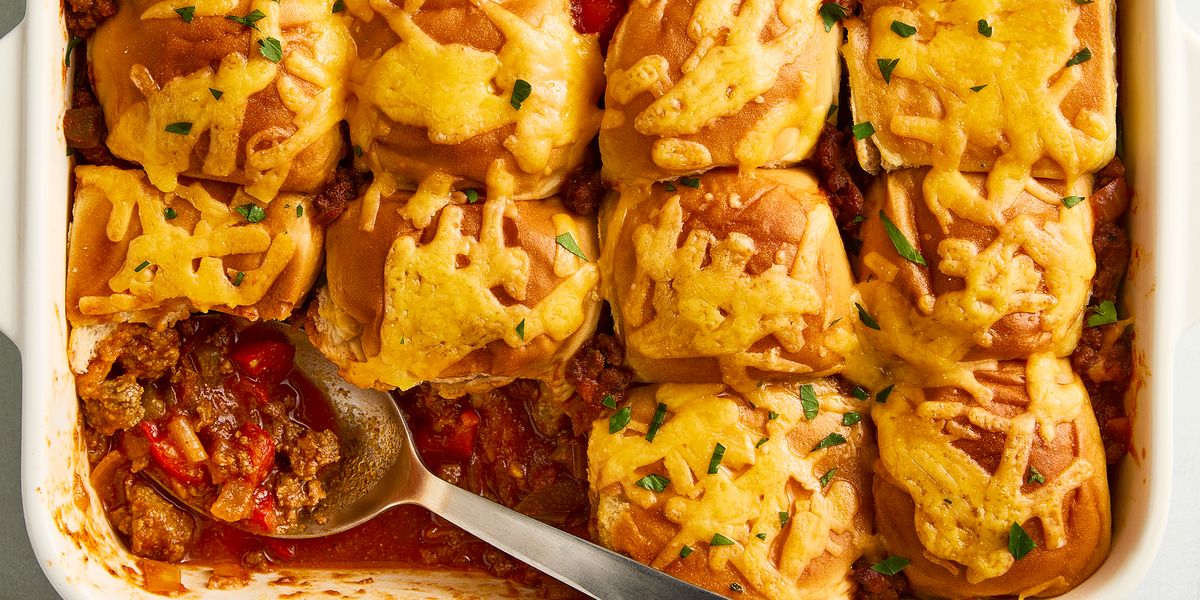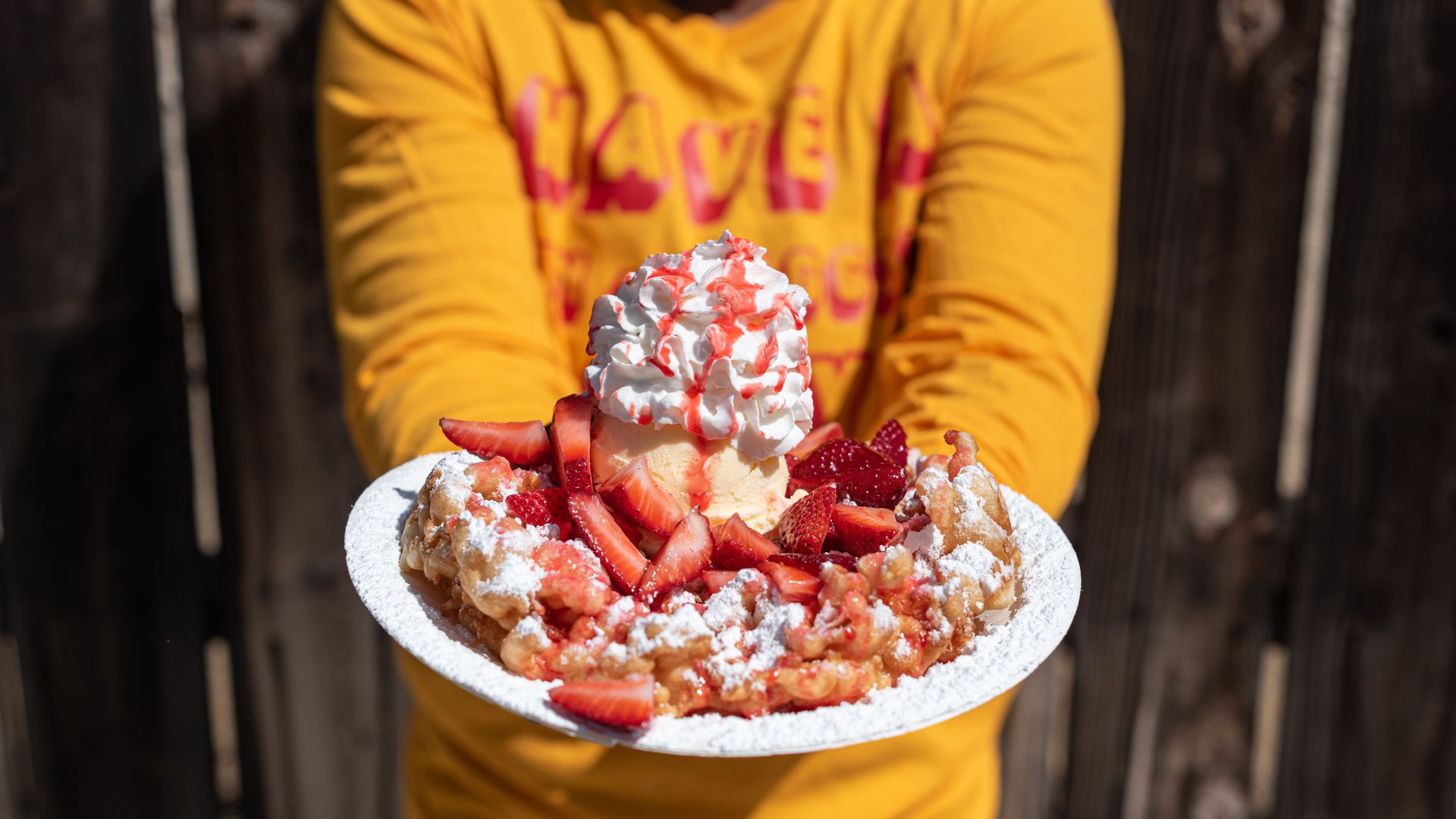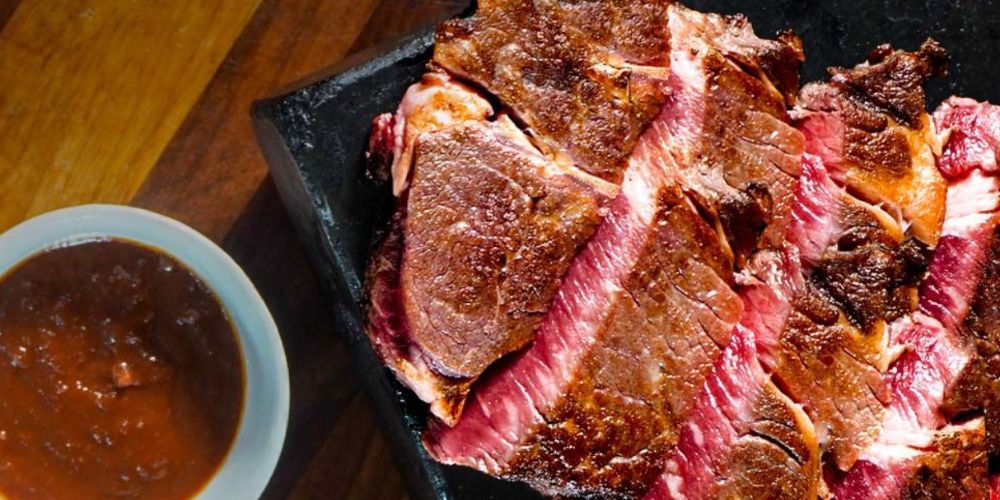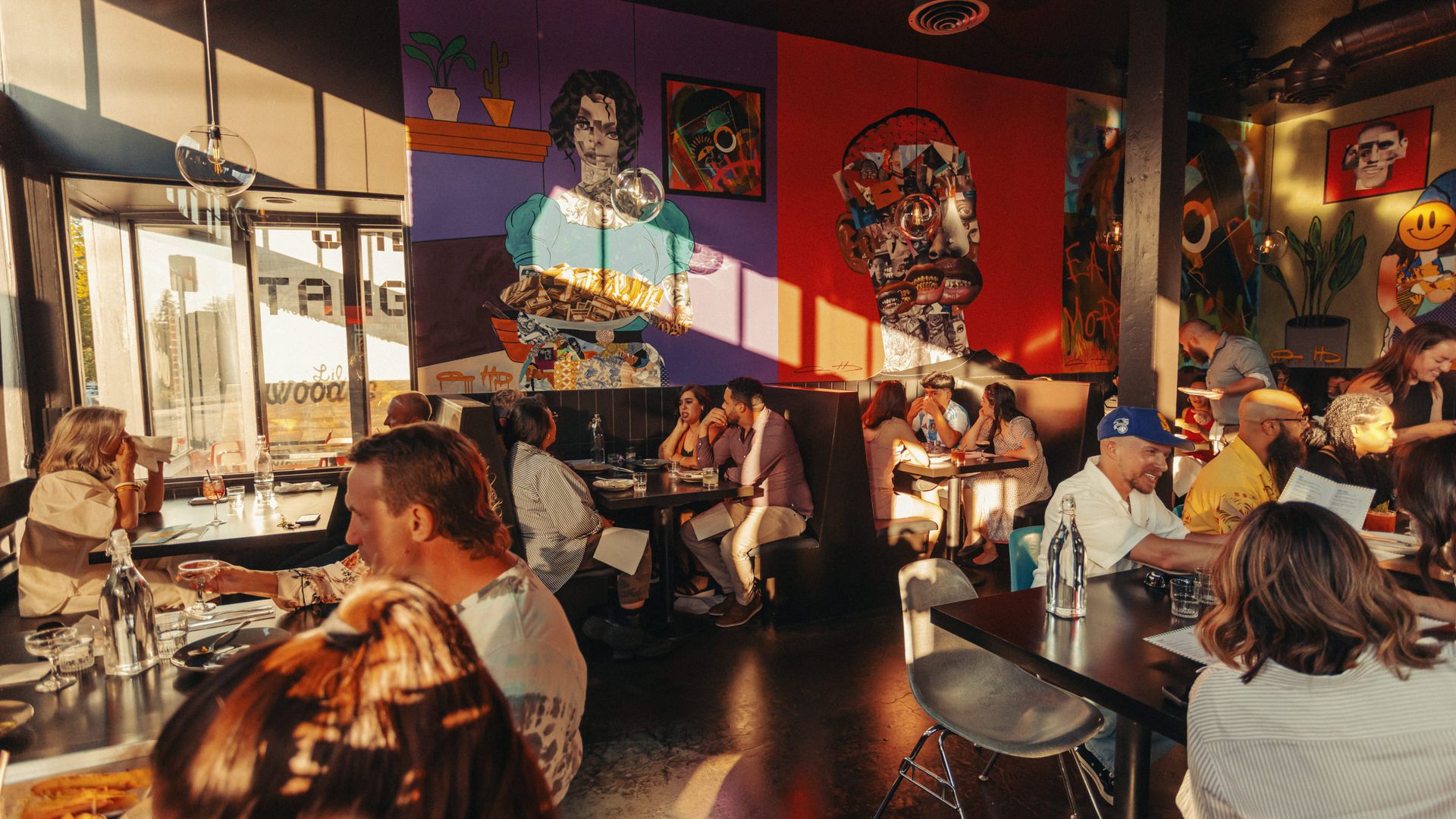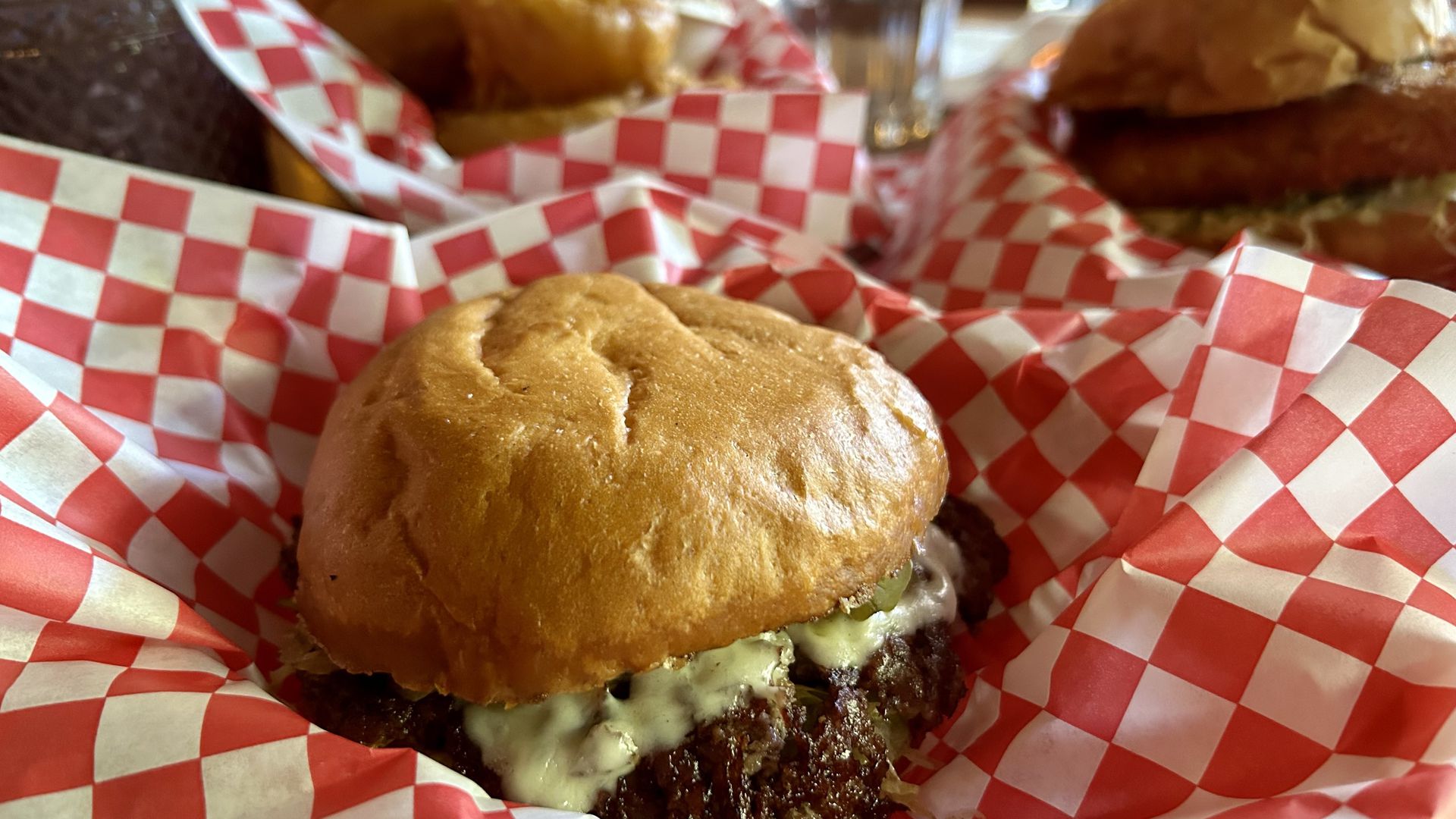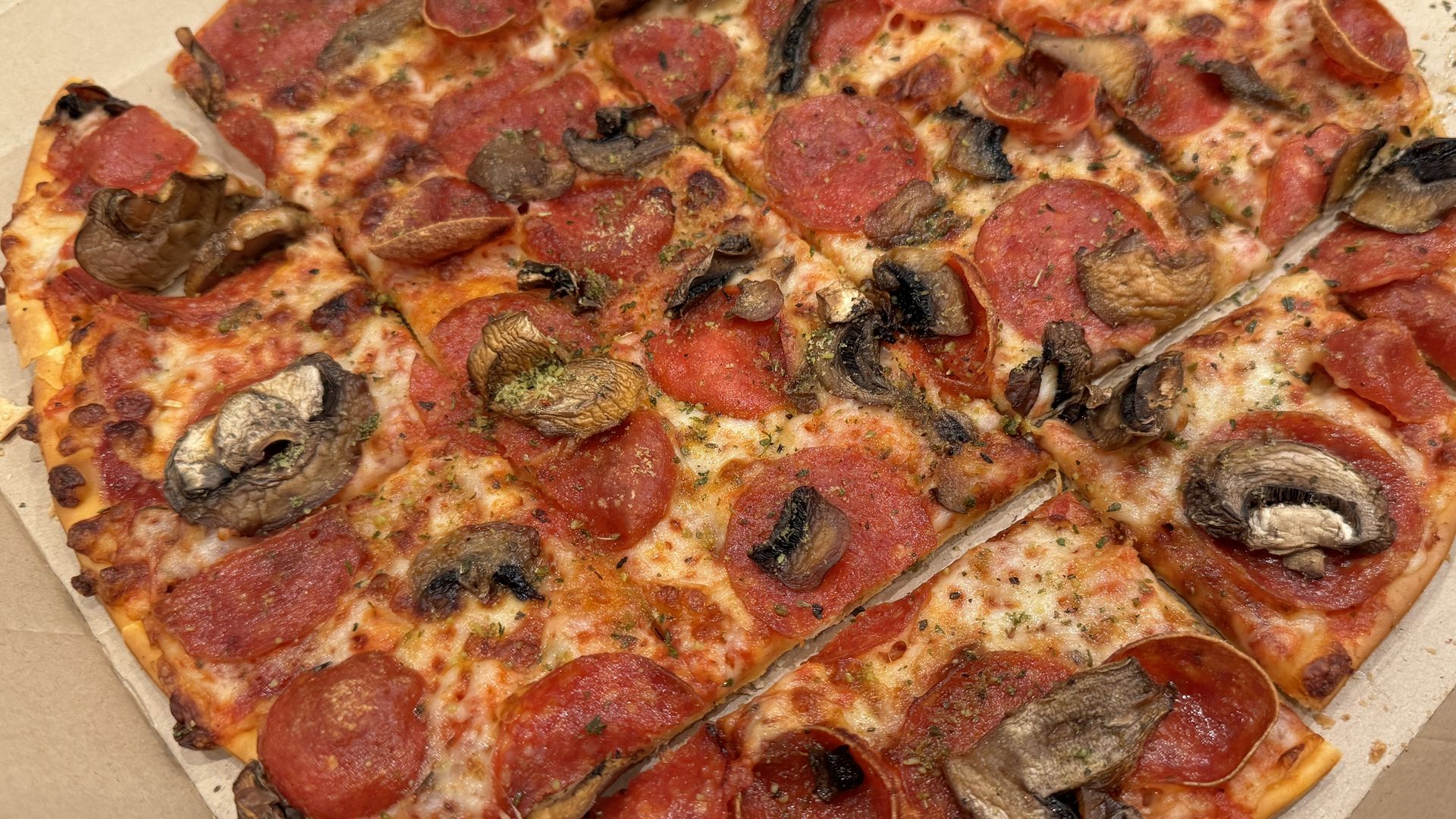
PIZZA HUT’S TAVERN PIZZA IS MORE EMBARRASSING THAN CHICAGO BASEBALL
Actor Craig Robinson is known for playing Darryl Philbin on America’s version of The Office. He’s also appeared as a spokesperson for Pizza Hut, starring in commercials and telling everyone “no one out-pizzas the Hut.”
Robinson is from Chicago, a city steeped in pizza culture. From deep dish to thin-crust (popularly marketed as tavern-style), there are plenty of pizza options besides chains. It’s unclear if Robinson is playing a version of himself in the commercials, a version who should know better. Whenever I see Robinson’s friendly mug on screen, I search for signs asking for help. Regardless of the paycheck, surely someone is forcing him to say these words. I can’t accept that Robinson, in the words of former Bulls star, Joakim Noah, has become “Hollywood as Hell,” and that he has forgotten about his pizza heritage.
When a colleague forwarded me an early June announcement that Robinson’s former brand partner Pizza Hut was releasing a new style of pizza — the Pizza Hut Tavern, “with roots from the taverns of Chicago” — I wasn’t surprised. Pizza Hut’s Big New Yorker has been around for a minute. Civic appropriation is the Hut’s signature. And when the New York Times discovered tavern-style in 2023, I’m sure that catalyzed Yum! Brands’ pizza scientists. This was inevitable.
A Pizza Hut TV ad for tavern pizza features actors in what looks to be a green screen walking through recognizable parts of Chicago. A little kid, who’s probably from Crystal Lake or another suburb, screams, “Deep dish is for tourists!” It sets up Pizza Hut as the savior that will let Americans in on Chicago’s secret (without our consent), that tavern style is what we enjoy the most: “Sorry, Chicago, no one out-pizzas the Hut.”
I took the challenge earlier this week as I binged through all 10 episodes for The Bear ordering off DoorDash late at night without the guilt of Yum! Brands being assessed a service charge by the third-party courier. A double pepperoni, (a mix of traditional and cupped) plus mushroom. The medium costs about $26. I didn’t want to be bothered with a large for $4 more.
The pizza wasn’t the prettiest, but we ate it while watching Carmy spiral. It reminded me of grade school, and not in the way that some revere school pizza. It certainly possessed a cracker crust, one of tavern pizza’s defining traits. It took me a while, but I figured it out: The crust reminded me of the saltines served with milk and juice for snack — an unseasoned, bland cracker that stuck to the roof of my mouth. It was cut like a tavern pizza, into triangles and squares, but so are pizzas from St. Louis. It’s a good thing I didn’t order a large because we didn’t need more leftovers.
The Hut’s effort was disappointing, but not unprecedented. Circa 1997, Domino’s introduced its Crunchy Thin Pizza, which is tavern-style in disguise. As a junior college student in Upstate New York, I ordered a pizza for dinner one night, excited to sample the new style. But my standards for pizza were already established as a youngster in Chicago. It’s hard to deviate from the “pizza you grew up eating” — PIGUE, a term Chicago food personality Steve Dolinsky coined. This is the pizza you know, this is the crust that brings you comfort.
I was so disappointed that I morphed into a pizza Karen and called Domino’s, empowered by their customer guarantee: “This pizza was neither crispy nor thin,” I embarrassingly recall telling a manager over the phone.
Bless that manager. She sent another pizza over. But the taste was no different. It was the recipe, not the execution. I was dejected. But I had learned a lesson that I would never learned inside a university classroom. The Domino’s pizza wasn’t designed to compete with Vito and Nick’s, Pat’s, Italian Fiesta, and Phil’s. These are great Chicago pizzerias with few peers. Robinson isn’t featured in the tavern pizza TV spot. I’m glad he was spared. Too bad my tastebuds weren’t.
2024-06-28T20:14:57Z dg43tfdfdgfd



